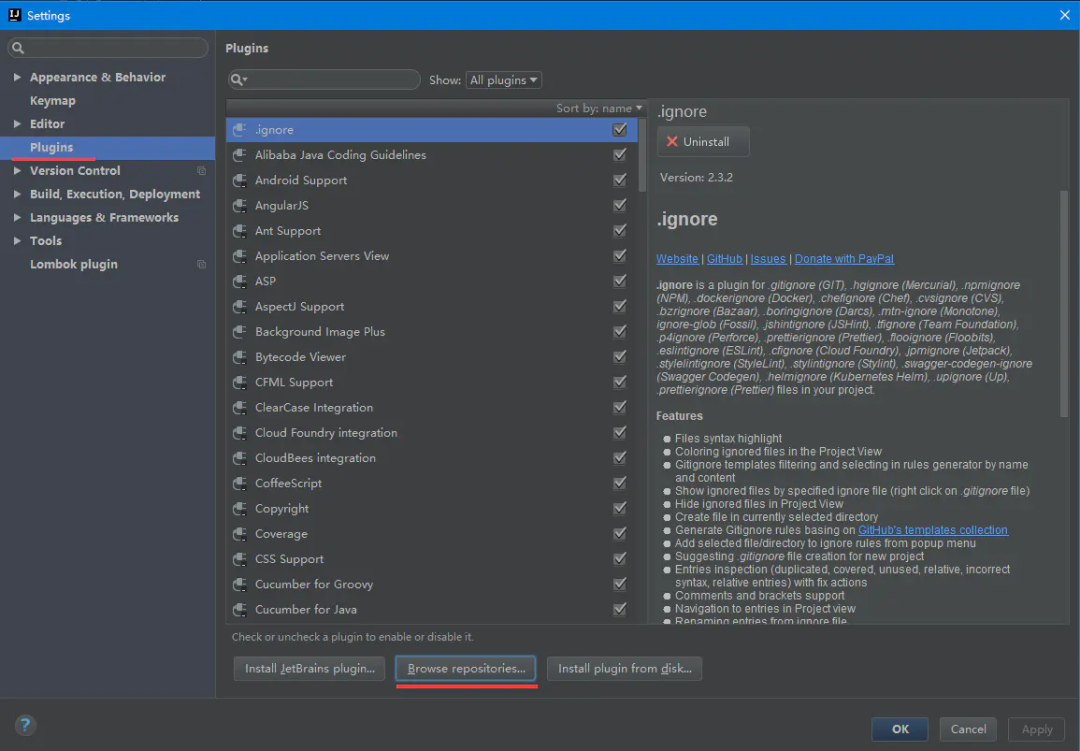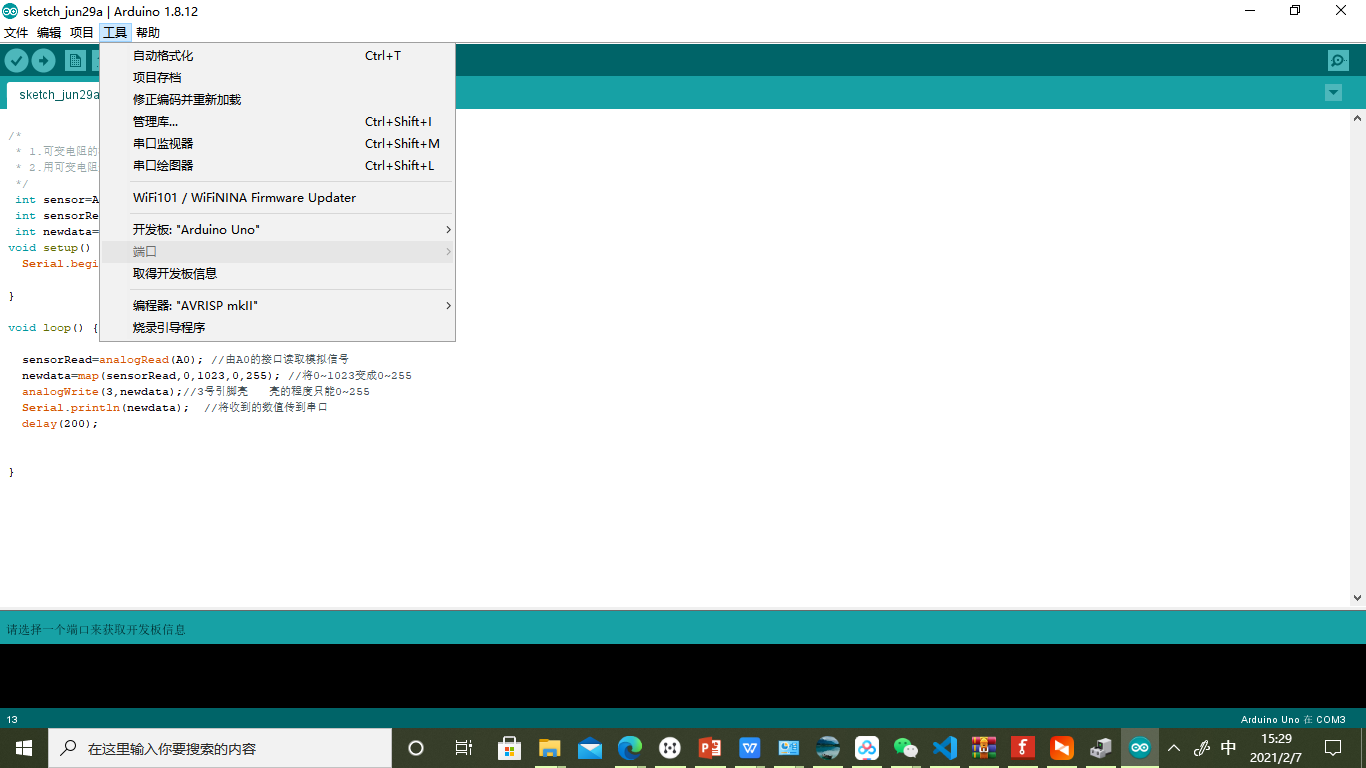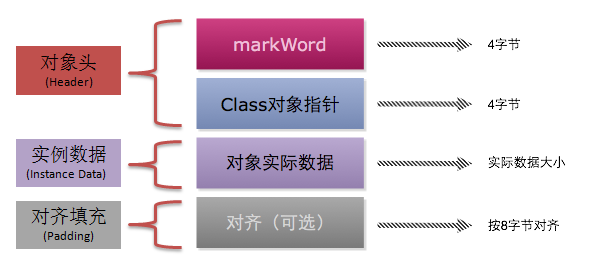深入理解 Java 反射:Method (成员方法)
Method 介绍
继承的方法(包括重载、重写和隐藏的)会被编译器强制执行,这些方法都无法反射。
因此,反射一个类的方法时不考虑父类的方法,只考虑当前类的方法。
每个方法都由 修饰符、返回值、参数、注解和抛出的异常组成。
java.lang.reflect.Method 方法为我们提供了获取上述部分的 API。
获取方法的信息
下面的代码演示了如何获得一个方法的 修饰符、返回值、参数、注解和抛出的异常 等信息:
public class MethodTypeSpy extends BaseTestClass {
private static final String fmt = “%24s: %s\n”;
private static final String HELLO_WORLD = “I’m cute shixin”;
@Deprecatedpublic static void main(String[] args) throws ClassNotFoundException {MethodTypeSpy methodTypeSpy = new MethodTypeSpy();Class<? extends MethodTypeSpy> cls = methodTypeSpy.getClass();printFormat("Class:%s \n", cls.getCanonicalName());Method[] declaredMethods = cls.getDeclaredMethods();for (Method declaredMethod : declaredMethods) {printFormat(fmt, "Method name", declaredMethod.getName()); //获得单独的方法名//获得完整的方法信息(包括修饰符、返回值、路径、名称、参数、抛出值)printFormat(fmt, "toGenericString", declaredMethod.toGenericString());int modifiers = declaredMethod.getModifiers(); //获得修饰符printFormat(fmt, "Modifiers", Modifier.toString(modifiers));System.out.format(fmt, "ReturnType", declaredMethod.getReturnType()); //获得返回值System.out.format(fmt, "getGenericReturnType", declaredMethod.getGenericReturnType());//获得完整信息的返回值Class<?>[] parameterTypes = declaredMethod.getParameterTypes(); //获得参数类型Type[] genericParameterTypes = declaredMethod.getGenericParameterTypes();for (int i = 0; i < parameterTypes.length; i++) {System.out.format(fmt, "ParameterType", parameterTypes[i]);System.out.format(fmt, "GenericParameterType", genericParameterTypes[i]);}Class<?>[] exceptionTypes = declaredMethod.getExceptionTypes(); //获得异常名称Type[] genericExceptionTypes = declaredMethod.getGenericExceptionTypes();for (int i = 0; i < exceptionTypes.length; i++) {System.out.format(fmt, "ExceptionTypes", exceptionTypes[i]);System.out.format(fmt, "GenericExceptionTypes", genericExceptionTypes[i]);}Annotation[] annotations = declaredMethod.getAnnotations(); //获得注解for (Annotation annotation : annotations) {System.out.format(fmt, "Annotation", annotation);System.out.format(fmt, "AnnotationType", annotation.annotationType());}}}
}
12345678910111213141516171819202122232425262728293031323334353637383940414243
查看当前类 MethodTypeSpy的方法 main() 的信息,运行结果:
Class:net.sxkeji.shixinandroiddemo2.test.reflection.MethodTypeSpy
Method name: main
toGenericString: public static void net.sxkeji.shixinandroiddemo2.test.reflection.MethodTypeSpy.main(java.lang.String[]) throws java.lang.ClassNotFoundException
Modifiers: public static
ReturnType: void
getGenericReturnType: void
ParameterType: class [Ljava.lang.String;
GenericParameterType: class [Ljava.lang.String;
ExceptionTypes: class java.lang.ClassNotFoundException
GenericExceptionTypes: class java.lang.ClassNotFoundException
Annotation: @java.lang.Deprecated()
AnnotationType: interface java.lang.Deprecated
Process finished with exit code 0
1234567891011121314
获取方法的参数名称
从 JDK 1.8 开始,java.lang.reflect.Executable.getParameters 为我们提供了获取普通方法或者构造方法的名称的能力。
在 JDK 中 java.lang.reflect.Method 和 java.lang.reflect.Constructor 都继承自 Executable,因此它俩也有同样的能力。
然而在 Android SDK 中 Method, Constructor 继承自 AbstractMethod,无法获得方法的参数名:
public final class Method extends AbstractMethod implements GenericDeclaration, Member
1
你可以在 J2EE 环境下练习官方的 获取参数名称代码:
/*
* Copyright (c) 2013, Oracle and/or its affiliates. All rights reserved.
*
* Redistribution and use in source and binary forms, with or without
* modification, are permitted provided that the following conditions
* are met:
*
* - Redistributions of source code must retain the above copyright
* notice, this list of conditions and the following disclaimer.
*
* - Redistributions in binary form must reproduce the above copyright
* notice, this list of conditions and the following disclaimer in the
* documentation and/or other materials provided with the distribution.
*
* - Neither the name of Oracle or the names of its
* contributors may be used to endorse or promote products derived
* from this software without specific prior written permission.
*
* THIS SOFTWARE IS PROVIDED BY THE COPYRIGHT HOLDERS AND CONTRIBUTORS “AS
* IS” AND ANY EXPRESS OR IMPLIED WARRANTIES, INCLUDING, BUT NOT LIMITED TO,
* THE IMPLIED WARRANTIES OF MERCHANTABILITY AND FITNESS FOR A PARTICULAR
* PURPOSE ARE DISCLAIMED. IN NO EVENT SHALL THE COPYRIGHT OWNER OR
* CONTRIBUTORS BE LIABLE FOR ANY DIRECT, INDIRECT, INCIDENTAL, SPECIAL,
* EXEMPLARY, OR CONSEQUENTIAL DAMAGES (INCLUDING, BUT NOT LIMITED TO,
* PROCUREMENT OF SUBSTITUTE GOODS OR SERVICES; LOSS OF USE, DATA, OR
* PROFITS; OR BUSINESS INTERRUPTION) HOWEVER CAUSED AND ON ANY THEORY OF
* LIABILITY, WHETHER IN CONTRACT, STRICT LIABILITY, OR TORT (INCLUDING
* NEGLIGENCE OR OTHERWISE) ARISING IN ANY WAY OUT OF THE USE OF THIS
* SOFTWARE, EVEN IF ADVISED OF THE POSSIBILITY OF SUCH DAMAGE.
*/
import java.lang.reflect.*;
import java.util.function.*;
import static java.lang.System.out;
public class MethodParameterSpy {
private static final String fmt = "%24s: %s%n";// for the morbidly curious<E extends RuntimeException> void genericThrow() throws E {}public static void printClassConstructors(Class c) {Constructor[] allConstructors = c.getConstructors();out.format(fmt, "Number of constructors", allConstructors.length);for (Constructor currentConstructor : allConstructors) {printConstructor(currentConstructor);}Constructor[] allDeclConst = c.getDeclaredConstructors();out.format(fmt, "Number of declared constructors",allDeclConst.length);for (Constructor currentDeclConst : allDeclConst) {printConstructor(currentDeclConst);}}public static void printClassMethods(Class c) {Method[] allMethods = c.getDeclaredMethods();out.format(fmt, "Number of methods", allMethods.length);for (Method m : allMethods) {printMethod(m);}}public static void printConstructor(Constructor c) {out.format("%s%n", c.toGenericString());Parameter[] params = c.getParameters();out.format(fmt, "Number of parameters", params.length);for (int i = 0; i < params.length; i++) {printParameter(params[i]);}}public static void printMethod(Method m) {out.format("%s%n", m.toGenericString());out.format(fmt, "Return type", m.getReturnType());out.format(fmt, "Generic return type", m.getGenericReturnType());Parameter[] params = m.getParameters();for (int i = 0; i < params.length; i++) {printParameter(params[i]);}}public static void printParameter(Parameter p) {out.format(fmt, "Parameter class", p.getType());out.format(fmt, "Parameter name", p.getName());out.format(fmt, "Modifiers", p.getModifiers());out.format(fmt, "Is implicit?", p.isImplicit());out.format(fmt, "Is name present?", p.isNamePresent());out.format(fmt, "Is synthetic?", p.isSynthetic());}public static void main(String... args) {try {printClassConstructors(Class.forName(args[0]));printClassMethods(Class.forName(args[0]));} catch (ClassNotFoundException x) {x.printStackTrace();}}
}
123456789101112131415161718192021222324252627282930313233343536373839404142434445464748495051525354555657585960616263646566676869707172737475767778798081828384858687888990919293949596979899100101102103
获取方法的修饰符
方法可以被以下修饰符修饰:
访问权限控制符:public, protected, private限制只能有一个实例的:static不允许修改的:final抽象,要求子类重写:abstract预防重入的同步锁:synchronized用其他语言实现的方法:native严格的浮点型强度:strictfp注解
类似获取 Class 的修饰符,我们可以使用 “Method.getModifiers()方法获取当前成员变量的修饰符。
返回java.lang.reflect.Modifier“` 中定义的整形值。
举个例子:
public class MethodModifierSpy extends BaseTestClass {
private final static String CLASS_NAME = "java.lang.String";public static void main(String[] args) {MethodModifierSpy methodModifierSpy = new MethodModifierSpy();Class<? extends MethodModifierSpy> cls = methodModifierSpy.getClass();printFormat("Class: %s \n\n", cls.getCanonicalName());Method[] declaredMethods = cls.getDeclaredMethods();for (Method declaredMethod : declaredMethods) {printFormat("\n\nMethod name: %s \n", declaredMethod.getName());printFormat("Method toGenericString: %s \n", declaredMethod.toGenericString());int modifiers = declaredMethod.getModifiers();printFormat("Method Modifiers: %s\n", Modifier.toString(modifiers));System.out.format("synthetic= %-5b, var_args= %-5b, bridge= %-5b \n", declaredMethod.isSynthetic(), declaredMethod.isVarArgs(), declaredMethod.isBridge());}}public final void varArgsMethod(String... strings) {}
}
12345678910111213141516171819202122232425262728
运行结果:
Class: net.sxkeji.shixinandroiddemo2.test.reflection.MethodModifierSpy
Method name: main
Method toGenericString: public static void net.sxkeji.shixinandroiddemo2.test.reflection.MethodModifierSpy.main(java.lang.String[])
Method Modifiers: public static
synthetic= false, var_args= false, bridge= false
Method name: varArgsMethod
Method toGenericString: public final void net.sxkeji.shixinandroiddemo2.test.reflection.MethodModifierSpy.varArgsMethod(java.lang.String…)
Method Modifiers: public final transient
synthetic= false, var_args= true , bridge= false
Process finished with exit code 0
12345678910111213141516
注意:上面的最后一行可以看到,方法有三种类型:synthetic, varagrs, bridge。
下面介绍这三种方法类型:
synthetic method:合成方法
这个知识点主要学习自:http://www.oschina.net/code/snippet_2438265_54869
什么是合成方法呢?
首先需要理解一个概念:
对于 Java 编译器而言,内部类也会被单独编译成一个class文件。那么原有代码中的相关属性可见性就难以维持,synthetic method也就是为了这个目的而生成的。生成的synthetic方法是包访问性的static方法.
还是有些抽象,举个例子:
public class Foo {
private Object baz = “Hello”;
private int get(){
return 1;
}
private class Bar {
private Bar() {
System.out.println(get());
}
}
}
1234567891011
上面的代码中,Bar 访问了 Foo 的 private 方法 get()。
使用 javap -private Foo看一下:
public class Foo {
private java.lang.Object baz;
public Foo();
private int get();
static int access$000(Foo); //多出来的 synthetic 方法,为了在 Bar 中的这段代码 System.out.println(get());
}
123456
因此可以这么理解:
Synthetic (合成)方法是由编译器产生的、源代码中没有的方法。当内部类与外部类之前有互相访问 private 属性、方法时,编译器会在运行时为调用方创建一个 synthetic 方法。
合成方法主要创建于嵌套内部类中。
我们可以使用 Method.isSynthetic() 方法判断某个方法是否为 synthetic 。
varargs ( variable arguments) method:Java 可变参数方法
public void testVarargs(String… strings){
//…
}
123创建时必须放在方法尾部,即一个方法只能有一个可变数组参数调用时可以传入一个数组:testVarargs(new String[]{"shixin","zhang"});也可以分别传入多个参数:testVarargs("shixin","zhang");
推荐使用后者。
我们可以使用 Method.isVarArgs() 方法判断某个方法包含可变参数 。
bridge method:桥接方法
这个知识点主要学习自:http://blog.csdn.net/mhmyqn/article/details/47342577
桥接方法是为了泛型的向前兼容提出的,不太熟悉泛型的同学可以查看《
Java 进阶巩固:深入理解 泛型》。
我们知道,为了兼容 JDK 1.5 以前的代码,泛型会在编译时被去除(泛型擦除),这时需要创建桥接方法。
举个例子:
/**
* @author Mikan
* @date 2015-08-05 16:22
*/
public interface SuperClass {
T method(T param);
}
package com.mikan;
/**
* @author Mikan
* @date 2015-08-05 17:05
*/
public class SubClass implements SuperClass {
public String method(String param) {
return param;
}
}
123456789101112131415161718192021
上面的代码创建了一个泛型接口和实现类。
实现类在运行时的字节码如下:
localhost:mikan mikan$ javap -c SubClass.class
Compiled from “SubClass.java”
public class com.mikan.SubClass implements com.mikan.SuperClass



































还没有评论,来说两句吧...